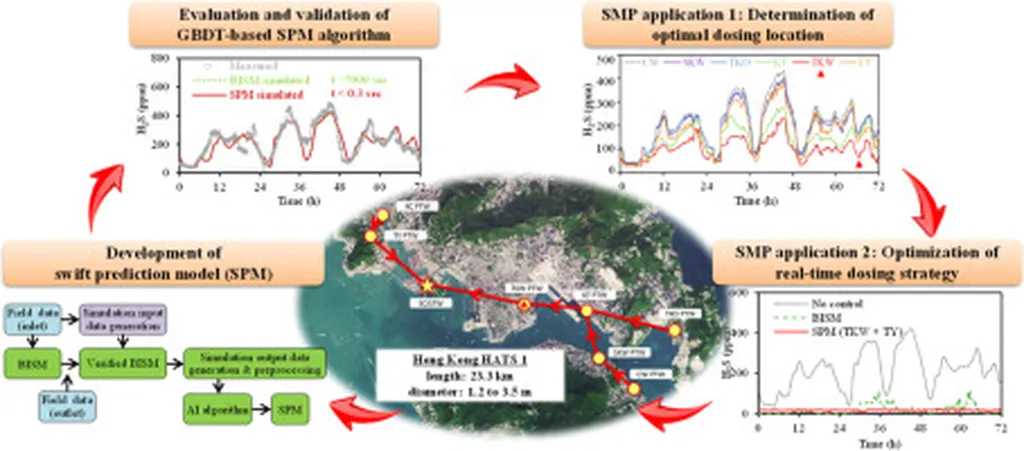In the ever-evolving landscape of construction management, predicting project durations and costs accurately is akin to navigating a labyrinth blindfolded. However, a beacon of innovation has emerged from the Department of Architectural Engineering at Hanyang University in Seoul, South Korea, where Dr. Sang-Jun Park and his team have been pioneering new approaches to tackle this complex challenge.
The team’s recent study, published in the Journal of Civil Engineering and Management, delves into the world of sewage pipeline construction, a critical yet often overlooked sector within the broader construction industry. By analyzing data from 83 projects, they set out to compare traditional statistical regression methods with modern machine learning and deep learning techniques.
“What we found was quite intriguing,” Dr. Park explained. “The performance metrics don’t always tell the whole story. For instance, the random forest regressor gave us the best R2 score, but when it came to actual predictive accuracy, it ranked fifth.”
This discrepancy highlights a crucial point: in the realm of construction management, predictive accuracy is the holy grail. And in this quest, an old contender, polynomial regression, emerged victorious. “Polynomial regression outperformed all the novel methods with a 98.790% accuracy across the validation dataset,” Dr. Park revealed.
So, what does this mean for the future of construction management, particularly in the energy sector? For one, it underscores the importance of not blindly chasing the latest trends. “While machine learning and deep learning techniques hold immense potential, they are not always the silver bullet,” Dr. Park cautioned.
Instead, the study suggests a more nuanced approach, one that combines the best of traditional and modern methods. This could lead to more accurate predictions of project durations and costs, ultimately resulting in more efficient and cost-effective construction processes.
Moreover, the study’s findings could have significant implications for the energy sector, where accurate project planning is crucial for meeting tight deadlines and budget constraints. By adopting these advanced predictive models, energy companies could streamline their construction processes, reduce costs, and improve overall project outcomes.
As Dr. Park and his team continue to explore this fascinating intersection of construction management and advanced predictive modeling, one thing is clear: the future of construction is not just about building structures, but also about building better, smarter, and more efficient models to guide the way. And with studies like this one, published in the esteemed Journal of Civil Engineering and Management (translated from the original Lithuanian title, “Statiba”), the industry is well on its way to achieving this goal.

